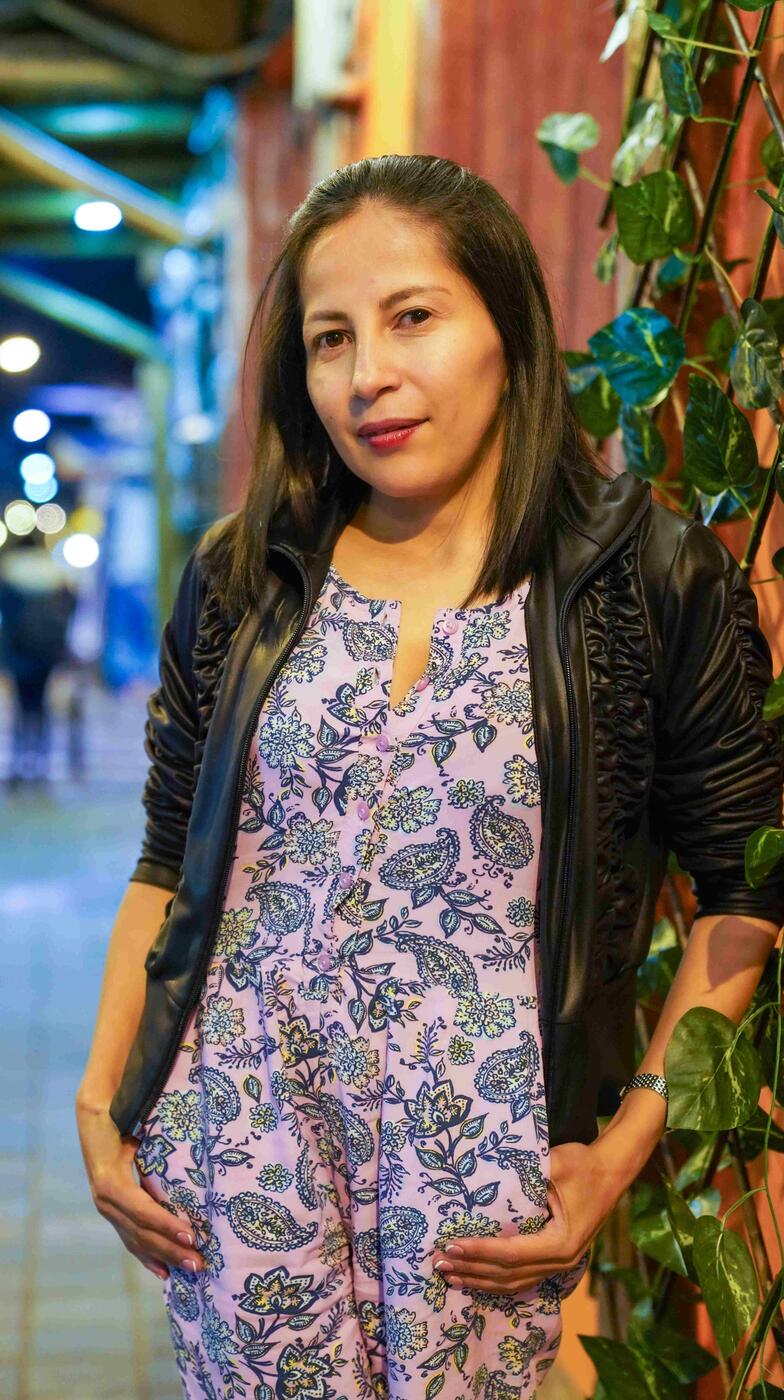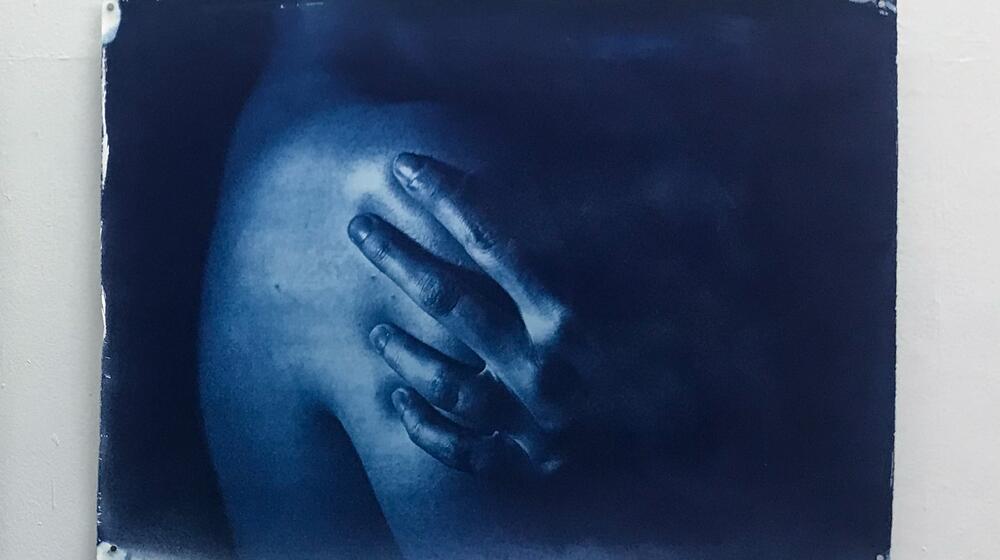News
For persons with disabilities, innovation and bodily autonomy are fundamental on the path to inclusion
- 02 December 2022
News
UNITED NATIONS, New York – “The entirety of my art practice is based on ways that technology can help with my disability. That’s why I fell in love with cameras in the first place: They helped me see things.”
Aurora Berger is an American artist whose photos give a glimpse into her life of learning to adapt to the situations and environments that surround her. Speaking of the process she uses to develop her pictures, she told UNFPA, “This form allows me to work within the constraints of my disability and still create work that’s really meaningful and feels complete and whole, even though it may appear to the viewer as different.”
Ms. Berger’s work features in a new UNFPA exhibit showcasing people with disabilities who are spearheading change in accessibility and bodily autonomy for all. Organized by UNFPA's We Decide programme and supported by Spain, the initiative promotes social inclusion and the protection of human rights for women and young persons with disabilities, with access to sexual and reproductive health services at its core.
An estimated 15 per cent of the world’s population has some form of disability. One in five women is living with a disability, yet young women and girls with disabilities have the lowest levels of sexual and reproductive health information and access; it is no coincidence that they also have much higher rates of gender-based violence, unintended pregnancies and sexually transmitted infections.
Through mobile phone apps, broader internet connectivity and enhanced digital technology, there is huge potential to improve and expand access to services and information for people with disabilities. But as UNFPA Executive Director Dr. Natalia Kanem said, “Access is not enough; we must ensure collaboration and participation. Bringing people with disabilities together with technology partners to innovate and co-create service solutions is part of our commitment to heed the call: ‘nothing about us without us’.”

Advocating for bodily autonomy
Across the world, people with disabilities are empowering themselves and working to promote their full rights to inclusion – from professional opportunities and sexual and reproductive health access to bodily autonomy and fundamental human rights.
It is something Lauren Anders Brown, a documentary director and photographer whose work has taken her to over 40 countries and who also lives with a disability, knows a lot about. Some of the women she spoke to told her they weren’t able to see a doctor alone during the pandemic because they could no longer lip read through a facemask, for example.
Anita Cornelia Sánchez, 39, from Ecuador, explained, “Not even health professionals know sign language… Now that my family accompanies me to interpret, it makes it difficult for me to share with a doctor. I can communicate through written messages on paper, but any test results are given to my parents, as if I am not considered – my autonomy ends up being non-existent.”
One day while working with her friend Charmaine, who is hearing impaired, Ms. Anders Brown realized that an app she was using to transcribe the material could also help Charmaine to follow her colleagues’ conversations during meetings. Together they devised a strategy to help people facilitate engagement without need for an interpreter or even lip reading – a game changer for health care visits that they would rather be kept private.
Theirs is just one example of how including persons with a disability in innovation for accessibility is an essential part of the process, one “that must be taken into account at the planning and implementation stage, not as an afterthought,” as Ms. Berger said.
Equality demands accessibility
Bodily autonomy means being able to determine your own life and future, and having the information, services and opportunities to do so free from discrimination, coercion and violence. It is the power to make basic decisions such as whether to have sex, use contraception or seek health care.
These rights are all too often denied to persons with disabilities, whether through harmful social norms or through sheer and unacceptable lack of access to quality, and confidential, health care.
Speaking of the importance of innovating for inclusion, on the International Day of Persons With Disabilities Dr. Kanem emphasized, “This is just one of many steps towards the world we want, one that works for all 8 billion of us. That’s not possible if the over 1 billion persons with disabilities are left behind. On this day, let us recommit to a world where everyone is included and has an equal opportunity to thrive. Let us do everything possible to uphold and respect the rights, choices and dignity of all.”
Wanted: A World for One Billion will be shown at the UN headquarters in New York from 2 December 2022 to 5 January 2023, in partnership with Photoville. The pieces celebrate the rich lives of persons with disabilities, and the agency and strength with which they lead their lives. They are testament to their activism and their voices in the face of ableism, sexism, racism, and other forms of discrimination, expressed through their art.
